How Does Tire Pressure Monitor Work?
In this article, we will be discussing the Tire Pressure Monitoring System (TPMS). The TPMS can be found in most of the new vehicles manufactured today. There is no doubt that it is an important invention. Many countries have made it compulsory for car manufacturers to equip all new cars with a TPMS.
Before discussing how the TPMS works, it is pertinent to mention what the TPMS is.
What is TPMS?
The TPMS is an electronic system which is installed in your vehicle. The job of the TPMS is to monitor the air pressure inside the tires. When the air pressure is lower than the recommended levels, the TPMS light comes on in the dashboard. It even alerts you to as which tyre has low air pressure.
To find out whether or not the vehicle is fitted with a TPMS, look for the TPMS indicator in the dashboard when the car key is turned to 'On'. Otherwise, you can simply consult the car manufacturer or even the owner's manual.
The TPMS is a welcome addition and makes a valuable contribution to safe driving. Without a TPMS, you would need to check the tire pressure manually. For some drivers, it can be a menacing task, while others simply do not have the time to check the tyre pressure regularly. The result is that tyres are prone to bursting out and suffering from irregular wear due to irregular tire pressure.
Therefore, TPMS is highly valued, and we recommend our customers to ensure that the vehicle they are buying is equipped with a TPMS. We are hopeful that now you know what a TPMS is. However, you will still be scratching your heads while trying to figure out how it works. Well, the answer is quite straightforward.
How does it work?
The TPMS is, no doubt an innovative and much-needed addition to vehicles. How it works can be understood by studying the two types of TPM systems – Direct TPMS & Indirect TPMS.
Direct TPMS
In this system, a sensor is fitted into the wheel to monitor the tyre's pressure. When the air pressure falls below the recommended level, it alerts the driver. The driver is informed by a dashboard light which comes on as soon as the tyre pressure drops below the recommended level. The driver is alerted when the tyre pressure is 25% below the recommended level.
To know the recommended level of tyre pressure, consult the owner's manual or the tyre placard. The tyre placard is a sticker which contains essential information related to the tire. It is located on the edge of the driver's door or inside the glove box. In some vehicles, it is under the bonnet or inside the fuel cap.
Direct TPMS is more costly to maintain and repair than Indirect TPMS. It requires specialist skills and extra parts, which increase the overall cost slightly.
Indirect TPMS
Instead of a sensor fitted on the wheels, the Indirect TPMS works with a vehicles Antilock Braking System (ABS) wheel speed sensors. When the pressure in any of the tires decreases, it will roll slower than the other wheels. This will trigger the TPMS light on the dashboard.
Things to Keep an Eye Out On
If your vehicle is equipped with a TPMS, you are likely to experience the light turning on when starting the car in the morning. However, it turns off after driving around a little bit. Before you start complaining about the faulty TPMS, keep reading this article. There is actually a plausible explanation as to why the light turns on and turns off by itself.
In the morning, your vehicle has remained stationary overnight. It means that the tires are cooled down, meaning that the air inside the tyres is not yet expanded. Therefore, the TPMS light will switch on indicating that the tire pressure is lower than the recommended level. However, when you start driving around a little bit, the tires begin to heat up.
The heat up causes the air inside the tires to expand. When the air expands, the tires regain the recommended tire pressure. It will result in the TPMS light turning off. It is perfectly normal for a car fitted with TPMS to do this. There is no cause for worry. However, if the light remains on even after driving around for a while, it means that the tire pressure really is low.
Head for the nearest service station and get the tire inflated to the recommended level. The TPMS light will turn off once the recommended level is reached.
Benefits of Having TPMS
Instead of focusing on worldwide statistics, let us mention a few facts about tires in the UAE. It will help you understand the benefits of having a TPMS in a better way. According to a report, five per cent of accidents is attributed to tire bursts. Tire bursts can be associated with a wide variety of reasons including overloading of the vehicle, worn-out tires and even improper tire pressure.
Let us assume that the improper tire pressure accounts for 1% of deaths out of the total 5% attributed to tire bursts. 1% is in no way less valuable. Human life is precious and must be respected as such. If the vehicles are fitted with a TPMS, deaths which are attributed to improper tire pressure can be effectively made zero. It is a much welcome benefit.
Apart from this, continuous driving on improper tire pressure can cause irreversible damage your tires. We all know how costly it is to buy new tires. Therefore, having a TPMS can save you lots of money. Moreover, improper tire pressure is also attributed to increased fuel consumption. Therefore, a TPMS will ensure efficient fuel consumption by maintaining the recommended tire pressure.
Apart from this, tire pressure is directly related to the vehicle's handling and braking distance. In case you fail to realize that the tire pressure is below the recommended level, your handling and braking distance will suffer. On the other hand, a vehicle with a TPMS is going to prevent all these situations from occurring.



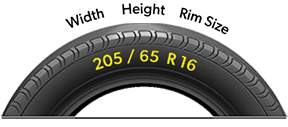






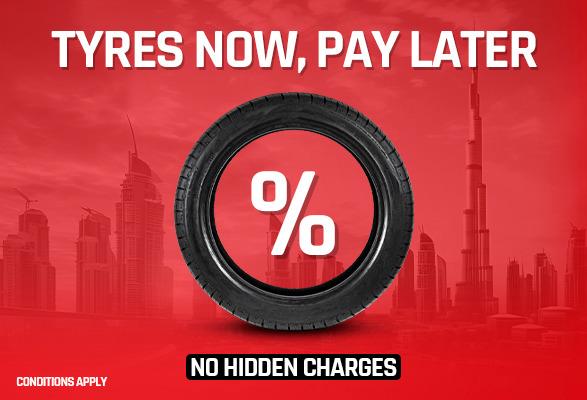
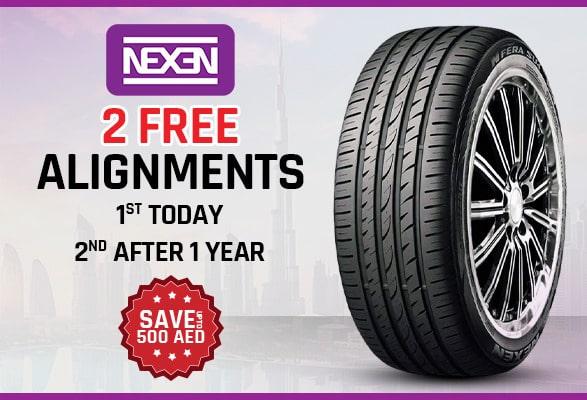
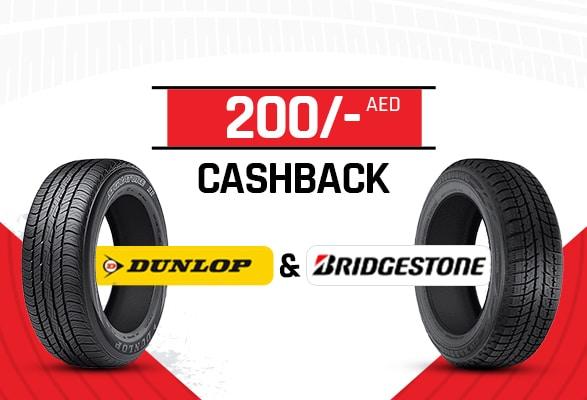




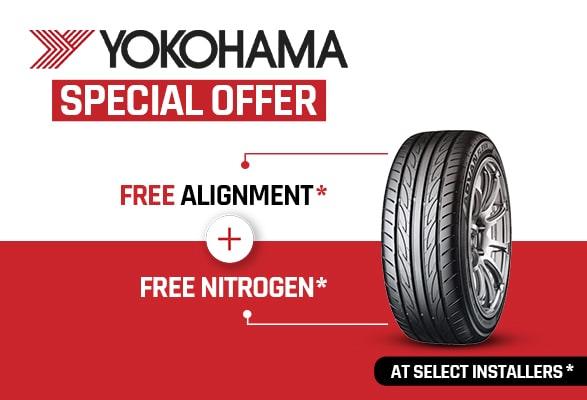
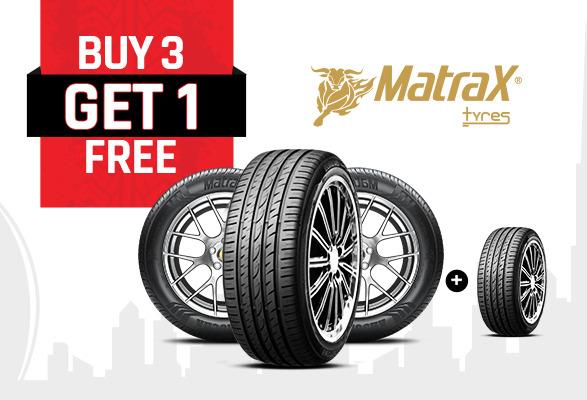






















Conclusion
With this, we conclude another article. We hope that you find the above information valuable. If there any suggestions or that you feel that the content lacks any vital information, please share your thoughts with us. Lastly, we encourage all potential car buyers to ensure that their vehicle is equipped with a TPMS.